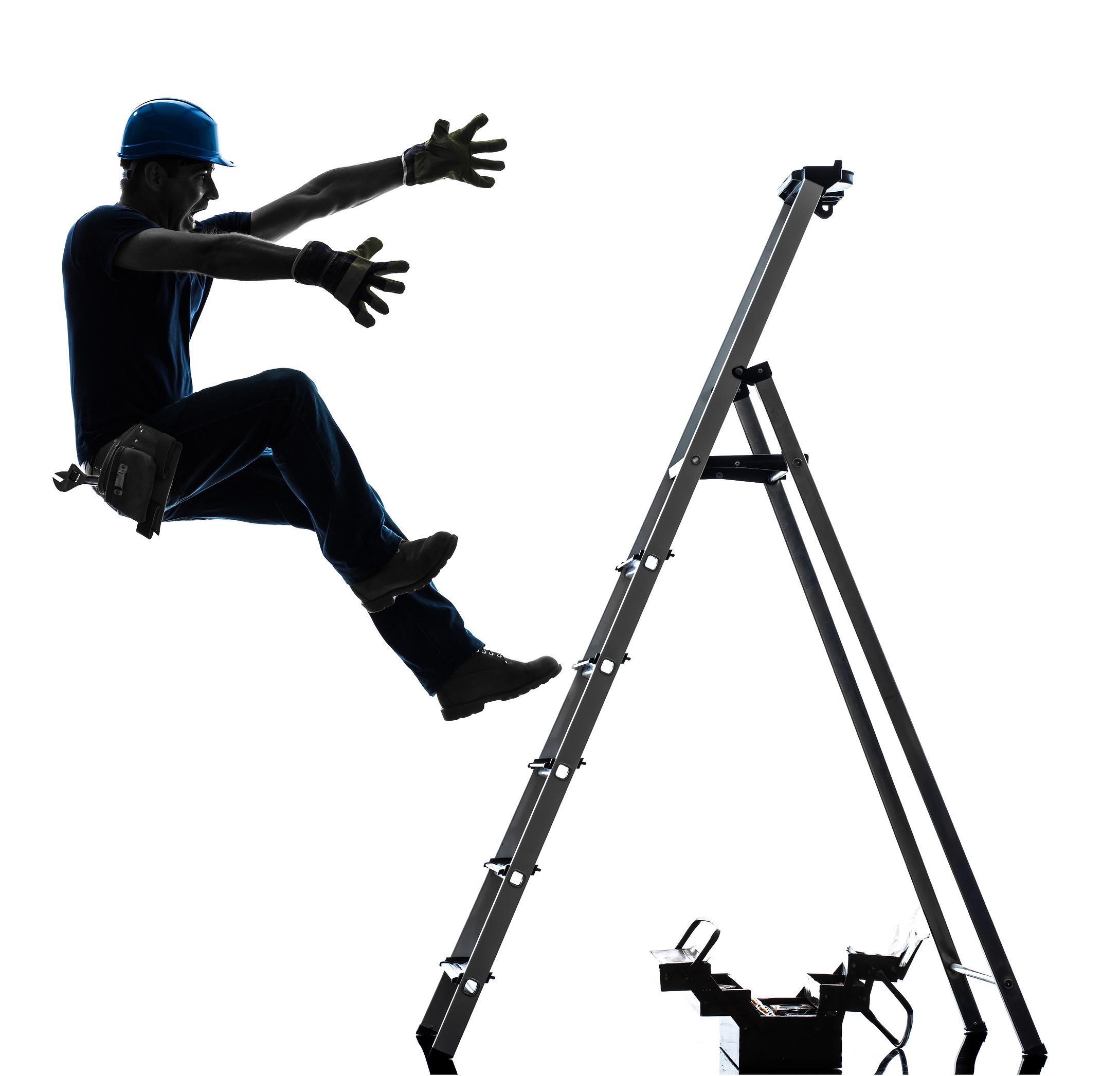Every year, it becomes more apparent that business owners need to consider the “accident that never occurs.” A strong safety culture is one of the most important aspects to running a successful business, and protecting your employees and your businesses against major losses and financial cost.
The following story appeared in the Boston Globe.
A worker at a South Boston seafood warehouse was overcome by ammonia fumes. A diver drowned when his air supply malfunctioned while he was inspecting a municipal water tank in Braintree. Two construction workers were caught in a trench that collapsed and flooded with water in the South End.
These are a few of the 70 Massachusetts workers who lost their lives last year, marking a 10-year high in the rate of workplace-related fatalities, according to a report out Thursday by the Massachusetts Coalition for Occupational Safety and Health, known as MassCOSH. Sixty-two of those workers were killed on the job, many in construction; the rest were firefighters who died from occupational illnesses, such as lung cancer and heart disease.
In all, eight firefighters and two police officers died in Massachusetts last year due to occupational hazards.
The number of worker deaths has been rising steadily statewide since 2012, when there were 32 fatalities, and the rate of workplace deaths has doubled during that time to 2 per 100,000 employees in 2016.
Marcy Goldstein-Gelb, co-executive director of the National Council for Occupational Safety and Health, said the rise in deaths reflects the increase in workers employed by subcontractors and staffing agencies that are less invested in worker safety.
Goldstein-Gelb’s group is a federation of local and statewide groups, including MassCOSH, that are made up of nonprofit coalitions of labor unions and health and technical professionals.
She said the decline of labor unions and the growing number of undocumented workers, who fear retaliation if they identify unsafe conditions, have also likely contributed to the increase in fatalities.
“When workers can’t speak up, then there is a greater risk that a hazard will not be identified and addressed and workers will suffer the consequences,” she said. “The less people speak up, you will see an increase in deaths.”
Nationwide, the number of people killed at work hit a seven-year high in 2015 — 4,836 — the most recent data available, according to a separate report this week by the National Council for Occupational Safety and Health, although the rate dropped from 3.43 per 100,000 employees in 2014 to 3.38 per 100,000 employees.
Deaths from occupation-related illnesses are not counted in the national report but are estimated to cause an additional 95,000 fatalities every year.
The increased number of deaths but lower mortality rate could reflect the improving economy, with more people working. But the death rate among Latino workers actually rose from 2014 to 2015, to 4 per 100,000 workers, the highest rate of any ethnic group.
The national report singles out 12 employers that put their workers at risk, including Atlantic Drain Services in Roslindale, which is facing manslaughter charges in the deaths of two workers, Kelvin Mattocks and Robert Higgins, who drowned when the trench collapsed in the South End last fall.
The firm, which has a history of safety violations, tried to mislead investigators by forging documents stating that employees had attended safety classes, according to the Suffolk district attorney.
Those deaths led the Boston City Council to pass an ordinance requiring contractors to submit their safety records before they can receive a work permit.
Similar protections have also been proposed at the state level. The Legislature is also considering increasing corporate manslaughter fines from $1,000 — a rate set in 1819 — to $250,000.
Proposed budget cuts to the Department of Labor would mean the elimination of the Chemical Safety Board, which investigates chemical fires and explosions, and training programs for workers in low-wage, dangerous industries, according to the report.
One of the first actions President Trump took when he took office was to sign an executive order to eliminate two regulations for every new regulation enacted.
The move was applauded by the National Federal of Independent Business as a good first step toward eliminating “ball-and-chain regulations” that the business group says cost employers money and hamper job creation.
The Automotive Industries Compensation Corporation (AICC) is a self-insured workers’ compensation program that NARFA sponsors in Massachusetts. For over 20 years, the AICC has instilled the value of safety culture, continuous education for employees and management, and provided unlimited loss control services and proactive claims management for its members. Whenever we read stories talking about rises in deaths in the workplace, we work harder to make sure our members are taking the right steps to ensure a strong safety program is in place, and strive to be continually recognized on a national level for our success.
Please contact us today to learn more about how the AICC and NARFA employee benefits programs can keep your business strong and stable, especially during uncertain times. Since 1929, NARFA has had a strong track record of success, and our 99% member retention rate speaks for itself.
Recent Posts
The U.S. Department of Labor Announces Proposed Rule To Protect Indoor, Outdoor Workers From Extreme Heat
The U.S. Department of Labor has proposed a new rule aimed at protecting workers from extreme heat hazards. This initiative seeks to safeguard approximately 36 [...]
Supreme Court Overturns Chevron Deference: What It Means for Workplace Safety and Regulation
The landscape of federal regulation is set for a seismic shift following a recent Supreme Court decision. On June 28, in Loper Bright Enterprises, et [...]
Navigating the Compliance Maze: How NARFA Simplifies Employee Benefits for Automotive and Trade Industries
In today's complex regulatory environment, businesses in the automotive, roads, fuel, and related industries face unprecedented challenges in managing employee benefits. Recent studies show that [...]




